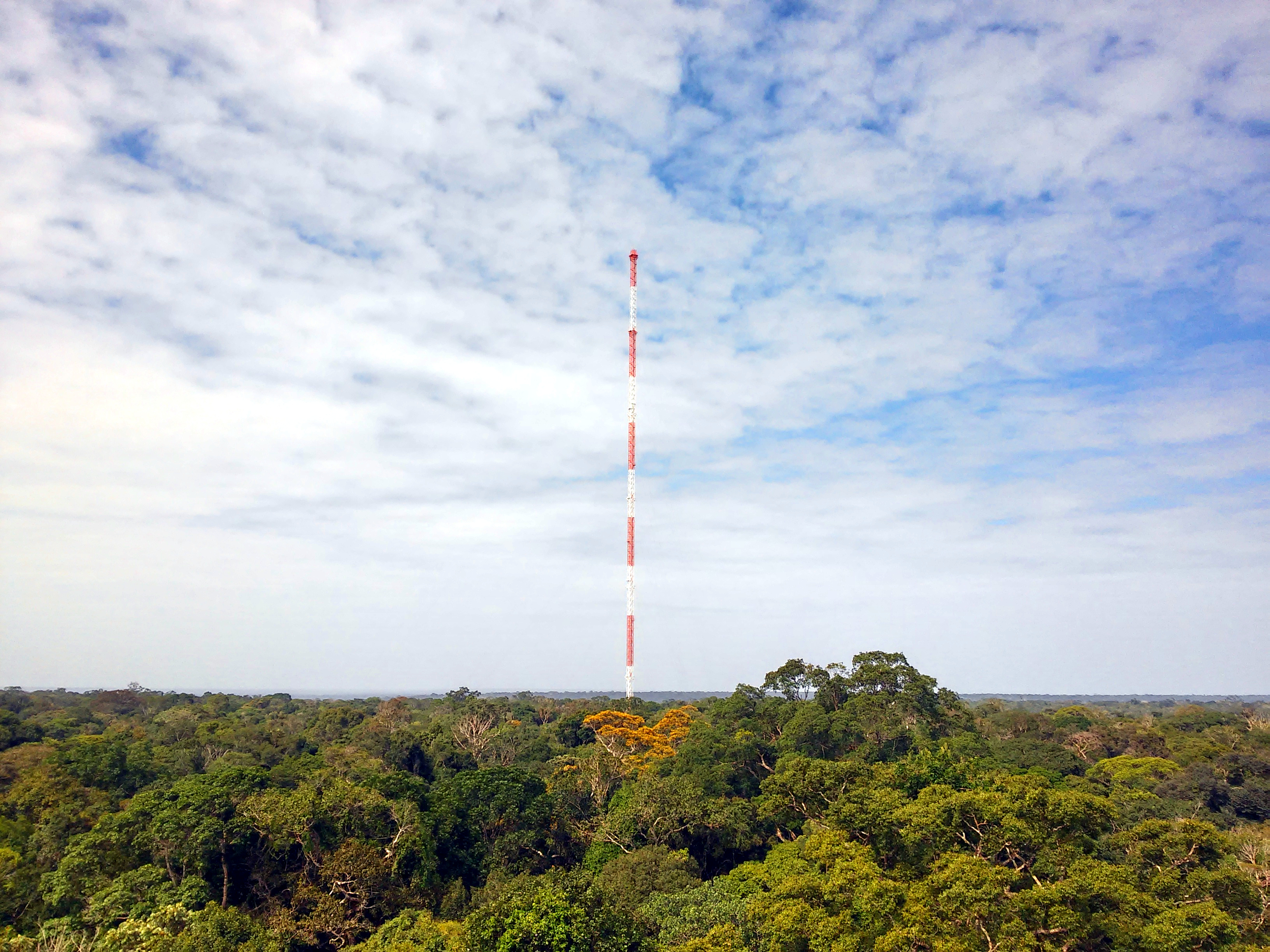In the balmy air above the Amazon rainforest, nasty human-made chemicals called PFAS have been discovered for the first time. While it’s known that “forever chemicals” have become ubiquitous in the natural world, the researchers behind the discovery have described it as “shocking”.
An international team of scientists collected air from a 325-meter-tall (1,066-foot) tower extending far above the Brazilian Amazon's forest canopy.
Within the samples, they discovered high levels of PFAS, or per- and poly-fluoroalkyl substances, synthetic chemicals used in a variety of everyday products, from food packaging and cookware to fabrics and cosmetics.
Owing to their durability, PFAS persist in the environment indefinitely, hence the nickname “forever chemicals”. They contaminate much of the world’s water supply and have been found across most natural environments, including Antarctica and the rainwater of Tibet.
However, the researchers were particularly surprised by their latest findings in the Amazon rainforest, considered to be a wild environment relatively far removed from intense human activity.
What was most unusual was levels of PFAS were highest at the top of the tower, indicating that they might have originated far away but are being transported long distances.

“We collected samples right at the top of the tower and also at tree canopy level – about 42 metres [137 feet]. What was shocking to us was that we saw PFAS - we didn’t expect to and we also saw more at the top of tower,” Dr Ivan Kourtchev, lead study author from the Centre for Agroecology, Water and Resilience at Coventry University, said in a statement.
“If PFAS were to be locally emitted, they should be found lower down the tower. This means PFAS were long-range transported and have been brought from somewhere. It was very puzzling to us,” he added.
The impact of PFAS is only just starting to be uncovered – but it’s highly unlikely they form part of a healthy, balanced diet. Studies have linked the chemicals to a host of negative human health effects, including liver damage, thyroid disease, obesity, fertility issues, and cancer.
They are also likely to impact wildlife in a negative way, which is especially worrying for a rich environment like the Amazon rainforest that’s filled with endangered biodiversity.
“The Amazon is a place of unique vegetation and wildlife, so these PFAS can have an impact on that. When our body confuses this chemical with our hormones we can become infertile and if you have some unique animals or vegetation affected, that could stop their reproduction. In sensitive ecosystems with rare or endangered species, such disruptions can have devastating effects on biodiversity and species survival. PFAS could also adversely affect the health of people living in the rainforest," explained Dr Kourtchev.
The new study is published in the journal Science of The Total Environment.





